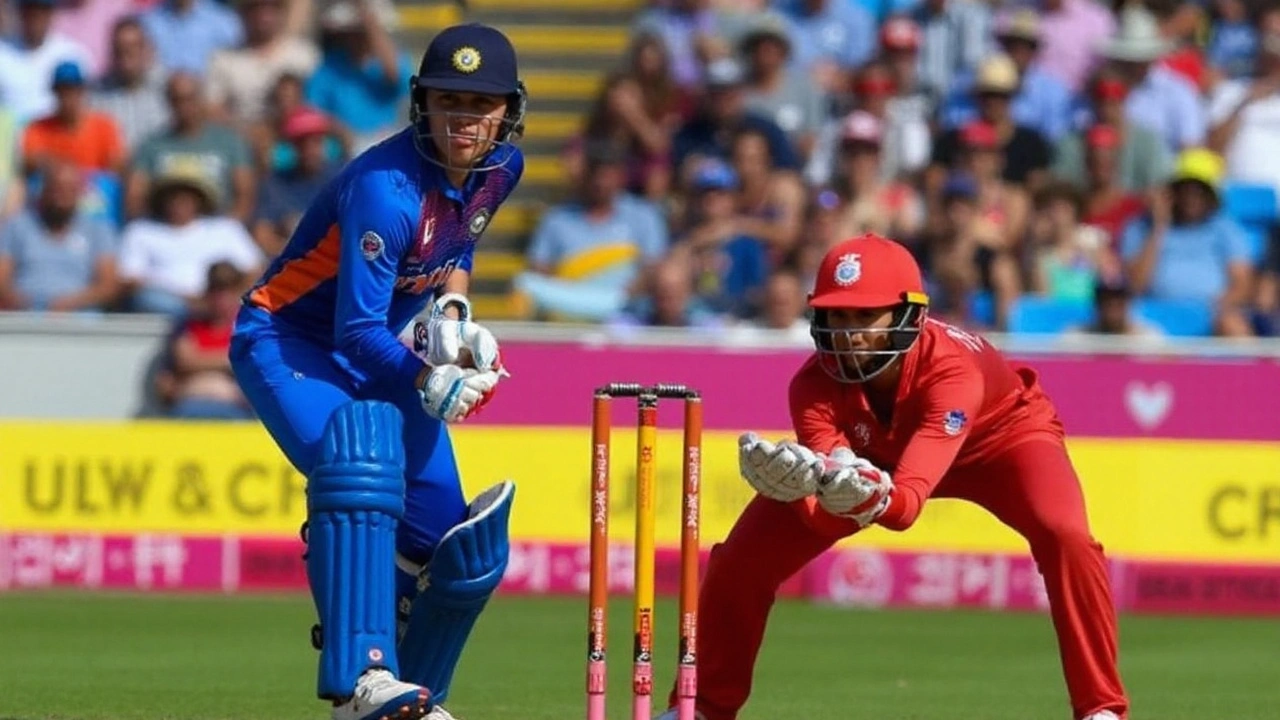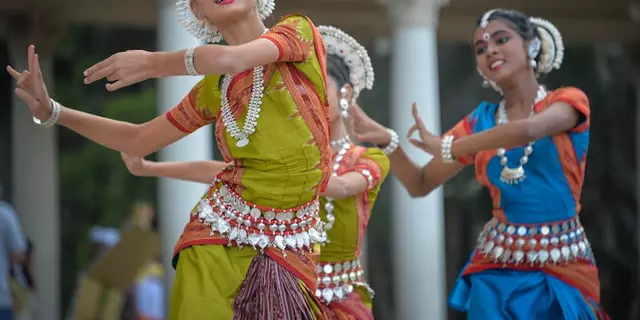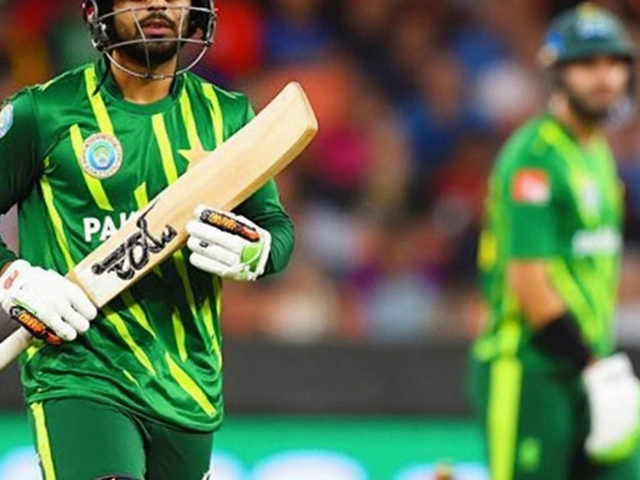ICC confirms fixtures: dates, venues, and a high-voltage opening day
Two cities, 18 days, 23 games, one trophy. The ICC has confirmed the full schedule for the Women's T20 World Cup 2024, with Bangladesh hosting from October 3 to October 20 across Dhaka and Sylhet. The final will be played in Dhaka, after an earlier plan pencilled in Sylhet for the showpiece was revised. Expect packed stands, sticky evening dew, and a format built for drama.
The opening day is set up as a statement of intent. Hosts Bangladesh launch the tournament against debutants Scotland, a historic first for the Scots on the global stage. Later, Pakistan face Sri Lanka, a team that punched its ticket through the global qualifier and has been on a steady rise under Chamari Athapaththu. The double-header sums up the tournament’s mood: familiar heavyweights mixed with hungry challengers.
Matches will be split between the Sher-e-Bangla National Cricket Stadium in Dhaka and the Sylhet International Cricket Stadium. Dhaka, known for its pressure-cooker atmosphere and slow, gripping surfaces, tends to reward patient batting and smart angles from spinners. Sylhet is lush, brisk in the outfield, and also spin-friendly, especially as the evening breeze sets in. With October’s post-monsoon humidity, captains will keep one eye on the dew factor at the toss.
Ten teams are in the frame: Australia, Bangladesh, England, India, New Zealand, Pakistan, Scotland, South Africa, Sri Lanka, and West Indies. They will be split into two groups of five for the round-robin stage, with the top two from each group advancing to the semi-finals. The final is on October 20 in Dhaka. Expect a mix of afternoon and evening fixtures designed to hit prime-time slots across South Asia.
Bangladesh returns as a women’s T20 World Cup host a decade after staging the 2014 edition. The Bangladesh Cricket Board confirmed the venue plan well in advance, clearing space for pitch preparation, outfield upgrades, and practice schedules. That continuity matters: facilities in Dhaka and Sylhet have handled big-event traffic before, which reduces the usual late scramble around logistics.
On paper, Australia begin as favourites. They are the defending champions and the most dominant side in the format over the past decade, stacked with experience and power hitting. England and India bring formidable squads and depth; South Africa, finalists last time out, are no longer dark horses; New Zealand’s all-round balance makes them dangerous in any conditions. West Indies, the 2016 champions, have match-winners who can flip games in a handful of overs. Pakistan and Sri Lanka are trending upward, and Bangladesh’s home advantage is real. Scotland are the fresh story—new to this stage, high on belief after navigating a tough qualifying path.
If you’re tracking players, here’s your shortlist. Australia’s Alyssa Healy and Beth Mooney are relentless in the powerplay, with Ashleigh Gardner offering game-breaking overs and lower-order muscle. England’s Sophie Ecclestone is the world’s most reliable left-arm spinner in this format, and Nat Sciver-Brunt turns tight games with bat or ball. India’s batting fireworks often run through Smriti Mandhana and Shafali Verma, while Harmanpreet Kaur’s tempo control matters in Dhaka. South Africa lean on Marizanne Kapp for clutch spells and clean striking. New Zealand’s Amelia Kerr brings high skill with both bat and leg-spin. Sri Lanka’s Chamari Athapaththu has been striking at pace at the top, and West Indies skipper Hayley Matthews can dominate both departments on her day. Pakistan’s Nida Dar is seasoned and street-smart, and Bangladesh will look to homegrown spin to choke totals in the middle overs.
The tournament structure leaves little room for error. With just four knockout spots and two high-quality groups, one off-day can put a heavyweight on the brink. Expect captains to front-load their best bowling in the powerplay and revisit spin early, especially in Dhaka. Chasing could become the default at venues where the ball skids on late in the evening, but that comes with risk: if the pitch slows and grips, totals around 140 can feel like 170.
What will the rhythm of the event look like? Double-headers will be common, particularly on weekends. Teams will likely lean on horses-for-courses selections. Extra seamers could come into play in late-afternoon starts when the surface is truer; by night, two frontline spinners plus a part-timer might be non-negotiable. Fielding sides that handle the wet ball cleanly in dew will bank crucial points.
For Bangladesh, this is about more than two weeks of cricket. Hosting again signals confidence in the country’s event operations and a commitment to grow the women’s game. Expect packed school trips in the stands, fan parks near both stadiums, and brisk ticket demand once sales windows open. The knock-on effect—more girls joining academies, more local clubs starting women’s teams—tends to follow big, visible tournaments like this.
Commercially, the World Cup lands in a different era compared to 2014. The women’s game now sits firmly in the broadcast mainstream. ICC moved to equal prize money across its events last year, a major signal to players, sponsors, and broadcasters. South Asian prime-time windows will be crucial, and Dhaka’s final is timed to capture the biggest possible audience across the region.
There’s also the weather to consider. Early October is typically post-monsoon in Bangladesh. Conditions are warm and humid, with the occasional thundershower. Backup days and tight turnaround times mean squad depth matters: two quality spinners, a death-overs specialist, and flexible middle-order hitters will separate the finalists from the pack.
Key storylines to watch across the 23 matches:
- Australia’s title defense: can the most decorated side in the format stay a step ahead on slow, turning tracks?
- India’s chase for a first T20 world title: will a stacked top order finally crack the last-mile problem?
- England’s balance: a sharp bowling unit and batting depth to go the distance.
- South Africa’s follow-up: building on their run to the final in the previous edition.
- Host advantage: Bangladesh’s spinners and the Mirpur crowd factor.
- West Indies’ x-factor: if Matthews and company hit rhythm, upsets will follow.
- Pakistan and Sri Lanka’s upward curves: both are better drilled, better led, and tougher in tight finishes.
- Scotland’s debut: a first World Cup brings nothing to lose—always a tricky opponent.
Each team will submit a 15-player squad, with provisional lists locked in before the tournament. Expect late tweaks for form and fitness—back-to-back games and humidity can test fast bowlers’ workloads. Warm-up fixtures, once announced, will tell us who has adapted quickest to the surfaces.
The two-venue approach keeps logistics tight and player recovery manageable. Travel between Dhaka and Sylhet is short, limiting fatigue and allowing more training time. Both venues have hosted high-stakes matches before, which helps with pitch predictability and broadcast quality.
For fans planning the calendar, the opener on October 3 sets the tone, the semi-finals arrive in the back half of the month, and the title match lands on October 20 in Dhaka. Between those bookmarks sit rivalry games, spin battles, and powerplay shootouts. It’s a compact tournament with very little dead air—exactly what T20 cricket promises when the stakes are global and the margins tiny.



